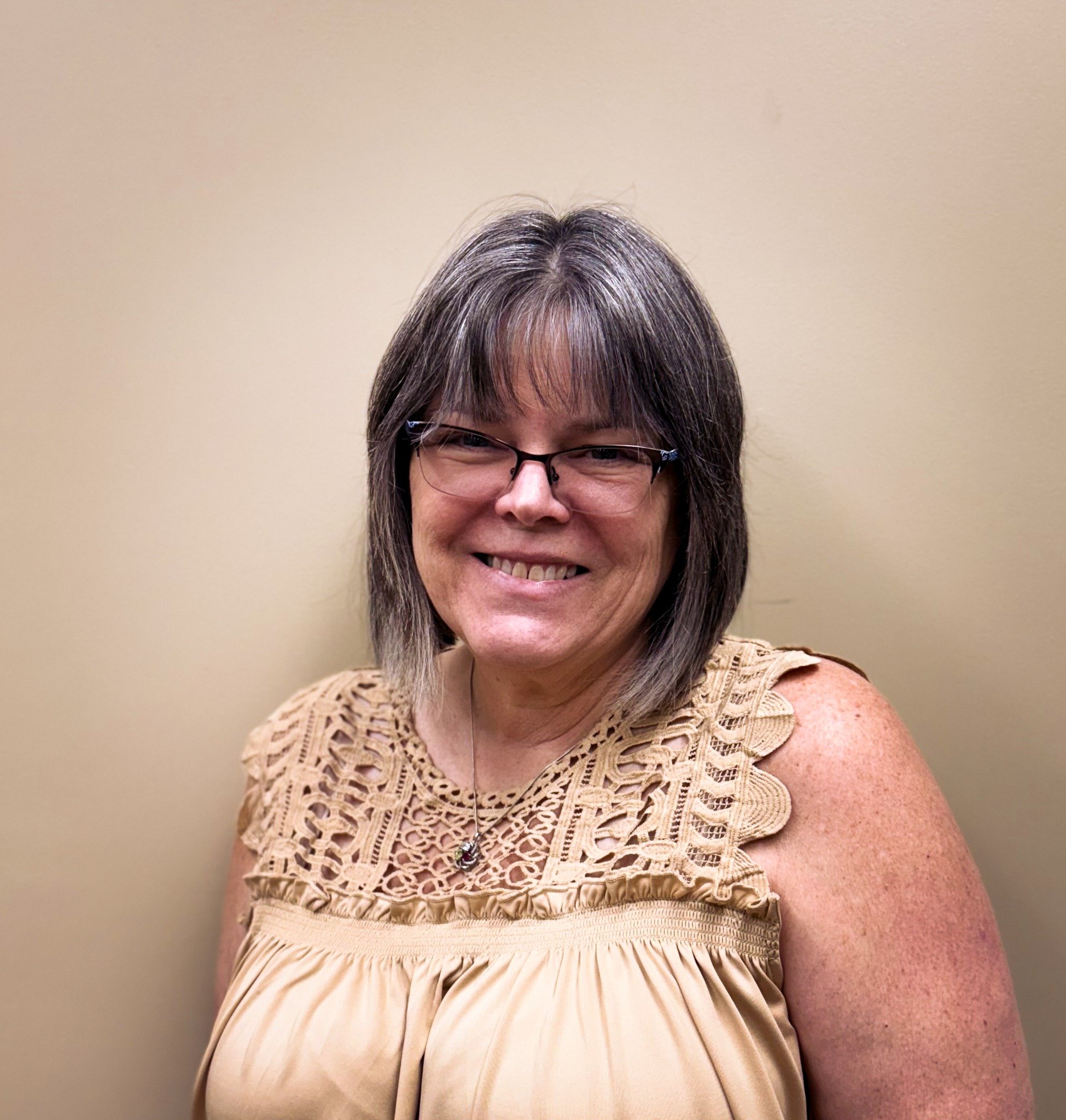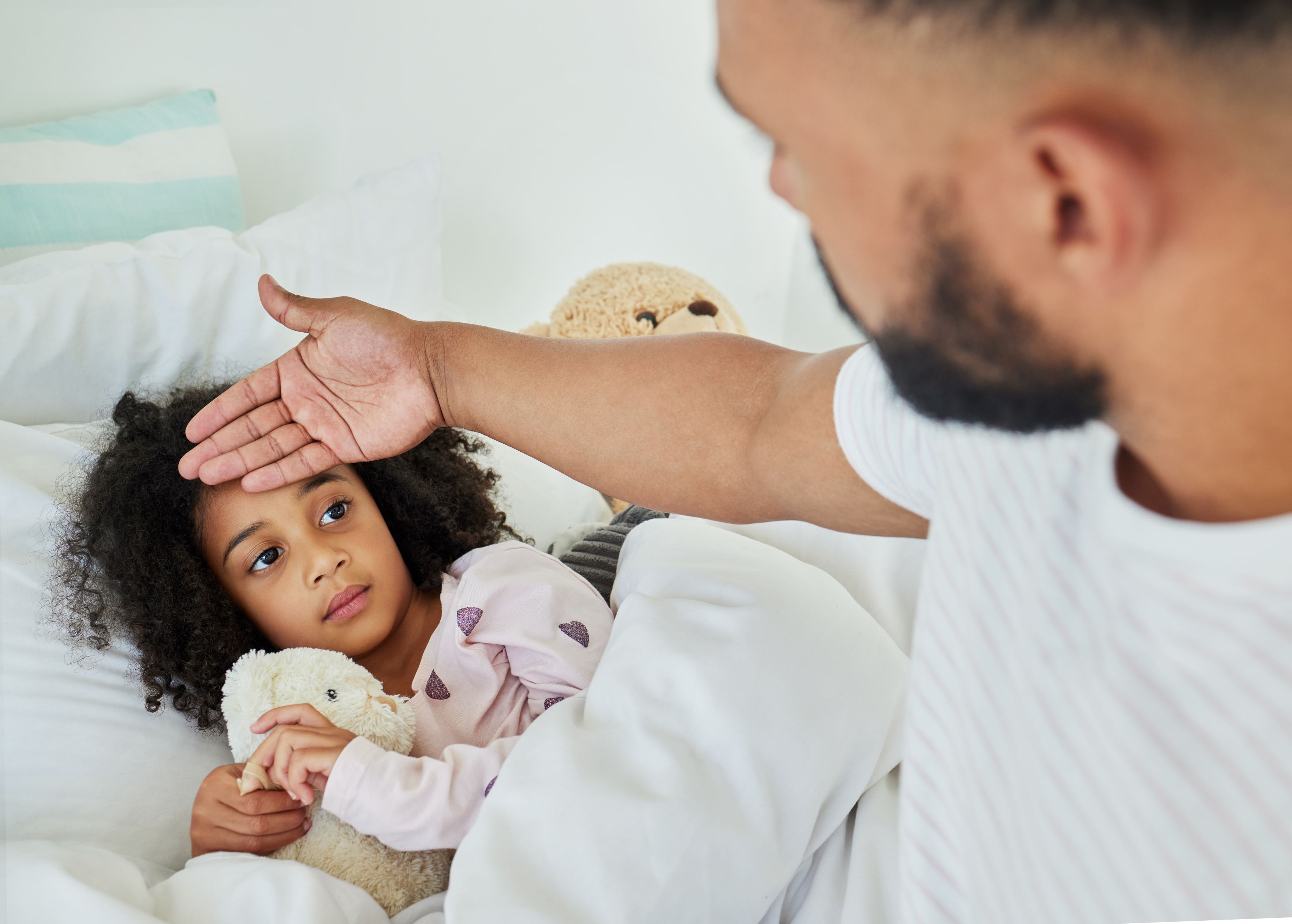News
-

Swain Community Hospital Strengthens Primary Care With Addition of Nelonna Branham, MMS, PA-C
November 26, 2025Swain Community Hospital is pleased to welcome primary care provider Nelonna Branham, MMS, PA-C, to its medical staff. Branham will begin seeing patients at Swain Family Care beginning December 1. Branham brings extensive training in primary care, with a background in family medicine, pediatrics, and women’s health. She recently completed her Master of Medical Science in Physician Assistant Studies at Lincoln Memorial University, where she provided full-spectrum outpatient care for patients of all ages.
Learn more -
.jpg)
Is It a Cold, the Flu, or Something Else? How to Tell the Difference
November 26, 2025A scratchy throat. A runny nose. Fatigue that won’t quit. As we move into the colder months in Bryson City, NC, it’s natural to wonder, “Is it just a cold, or something more serious?” With cold, flu, RSV, and COVID-19 all circulating, knowing what to watch for – and when to get care – can…
Learn more -

Swain Community Hospital’s Senior Life Solutions to Host “Cookies, Carols, and Cocoa” Holiday Event
November 20, 2025Swain Community Hospital’s Senior Life Solutions program will host a special holiday gathering, Cookies, Carols, and Cocoa, on Tuesday, December 2, 2025, at 12:00 PM. The event will take place at 45 Plateau Street, Suite 250, Bryson City, NC 28713, and is open to community members.The afternoon will include holiday music, festive treats, and information about local…
Learn more -

Swain Community Hospital Adds Specialized Imaging to Support Patients With Complex GI Conditions
October 29, 2025Swain Community Hospital, a Duke LifePoint Hospital, will begin offering CT enterography with IV contrast studies on November 1, giving patients local access to an advanced diagnostic tool used to evaluate Crohn’s disease, inflammatory bowel disease, small bowel gastrointestinal bleeding, and small bowel tumors.
Learn more -

What Does Breast Cancer Look Like in Its Early Stages?
October 21, 2025Many people associate breast cancer with finding a lump, but in reality, early breast cancer can show up in many different ways – some of which are easy to overlook. Here are several symptoms that may indicate early breast cancer: A new lump or mass: While not all lumps are cancerous, a painless, hard lump with irregular edges should always be…
Learn more -

Humans Who Heal: Spotlight on Lucretia Balkwill, RN, CCM – Care Management, Swain Swing Bed
October 20, 2025As part of Harris Regional and Swain Community Hospitals' Humans Who Heal campaign, we are proud to spotlight Lucretia Balkwill, RN, CCM, whose work in Care Management for the Swain Swing Bed program highlights the essential role care managers play in guiding patients through their healing journey — physically, emotionally, and spiritually.Lucretia has been a…
Learn more -

Swain Community Hospital welcomes FNP Norma Burdette back to medical staff
October 16, 2025Swain Community Hospital, a Duke LifePoint hospital, is pleased to welcome Norma Burdette, FNP-C, a family nurse practitioner and longtime Bryson City resident, to its medical staff. Burdette will begin seeing patients this fall at Swain Family Care.
Learn more -

Op-Ed: Breast Cancer Awareness Starts with Access and Compassion
October 15, 2025October marks Breast Cancer Awareness Month, and for me, it’s more than just a pink ribbon or a reminder to schedule your annual mammogram. It’s personal. As the Breast Health Navigator for Harris Regional and Swain Community Hospitals, I have the privilege of walking alongside women at every stage of their breast health journey. Whether it's a routine…
Learn more -

Swain Community Hospital to Host Lunch and Learn on Breast Cancer Awareness
October 09, 2025Swain Community Hospital welcomes community members to a free Lunch and Learn on Friday, October 31, from 11:30 PM to 12:30 PM at the Swain County Health Department, 545 Center Street, Bryson City, NC 28713.The session, led by general surgeon Joshua Pratt, DO of Harris Surgical Associates, will focus on breast cancer awareness, exploring how early detection, screening,…
Learn more -

Why You Shouldn’t Skip Your Annual Physical: Screenings That Save Lives
September 26, 2025Your annual physical is more than a routine doctor’s visit — it’s an important part of long-term health planning. While many people only see a doctor when something feels wrong, preventive care helps identify risks and conditions before symptoms appear. At Swain Community Hospital, our primary care teams focus on whole-person health. Annual…
Learn more -

Humans Who Heal: Spotlight on Sujeiza Echevarria – Environmental Services, Harris Regional and Swain Community Hospitals
September 08, 2025As the Humans Who Heal campaign continues at Harris Regional and Swain Community Hospitals, we are honored to shine a spotlight on one of the essential team members who plays a critical role in patient safety and infection prevention every day: Sujeiza Echevarria, a dedicated member of the Environmental Services team.Sujeiza’s role as a housekeeper is more than just…
Learn more -

How to Protect Your Child from Fall Viruses like Flu, RSV, and COVID
September 03, 2025In warmer parts of the country like Bryson City, NC, respiratory virus season can begin as early as September and stretch well into the winter. With kids back in school, viruses like flu, RSV, and COVID-19 start spreading quickly – especially among young children whose immune systems are still developing. As a parent, you can take steps now to help…
Learn more -

Harris Regional and Swain Community Hospitals to host Step Into Wellness patient appreciation event on the Jackson County Greenway September 17th
August 28, 2025Harris Regional and Swain Community Hospitals will host Step Into Wellness on Wednesday, Sept. 17, 2025, from 10 a.m. to 2 p.m. on the Jackson County Greenway. Attendees are invited to begin at the Greenway’s parking area, located at 342 Old Cullowhee Rd. in Cullowhee, and will be directed along the walking path for activities.The event, an evolution of the…
Learn more -

Harris Regional Hospital and Swain Community Hospital Launch "Humans Who Heal" Campaign
August 13, 2025Harris Regional Hospital is proud to introduce Humans Who Heal, a new campaign created to recognize and celebrate the people who make healing happen every day in every department and at every level of care. While physicians and nurses are often the most visible members of the team, this campaign highlights the full range of healthcare professionals, including clinical coordinators, quality analysts, lab techs, environmental services, and administrative staff. Humans Who Heal shines a light on the passion, dedication, and teamwork that drive safe, compassionate care and reminds us that every role matters.
Learn more -
.jpg)
Why Mosquito-Borne Illnesses Are on the Rise — and How to Protect Yourself
August 01, 2025Warmer weather and standing water are fueling a surge in mosquito-borne diseases. Here’s what you need to know and how to prevent them.
Learn more -

Swain Community Hospital honors Kayla Ledford, PharmD with 2025 Mercy Award
May 20, 2025Swain Community Hospital is pleased to announce that Kayla Ledford, PharmD, has been selected as the recipient of the hospital's 2025 Mercy Award. The Mercy Award recognizes one employee from each of Lifepoint Health's facilities who profoundly impacts the lives of others and exemplifies the values on which the company...
Learn more -

Harris Regional Hospital and Swain Community Hospital launch comprehensive surveys to evaluate the health needs of Jackson and Swain counties
April 17, 2025Harris Regional Hospital and Swain Community Hospital, in partnership with local health professionals and community stakeholders, have launched comprehensive Community Health Needs Assessments (CHNAs) to better understand and address the most pressing health issues in Jackson and Swain counties.
Learn more -

Harris Regional and Swain Community Hospitals Launch New Initiative to Recognize Cardiac and Stroke Champions
April 15, 2025Harris Regional Hospital and Swain Community Hospital are proud to introduce a new initiative recognizing exceptional staff through the Cardiac and Stroke Champion Program.
Learn more -

Harris Regional Hospital and Swain Community Hospital publish 2024 Community Benefit Report
April 10, 2025Harris Regional Hospital and Swain Community Hospital today published a community benefit report for the 2024 calendar year. This annual report highlights the many ways the hospitals are supporting the health and economic vitality of western North Carolina as part of their mission of making communities healthier®.
Learn more -

Rebekah Artman, MBA, BSN, RN, CCRN, CPPS appointed as Senior Nursing Officer for Harris Regional Hospital and Swain Community Hospital
March 03, 2025Harris Regional Hospital and Swain Community Hospital, Duke LifePoint hospitals, are pleased to announce that Rebekah Artman, MBA, BSN, RN, CCRN, CPPS has been appointed to the role of senior nursing officer, overseeing nursing operations at both facilities.
Learn more
